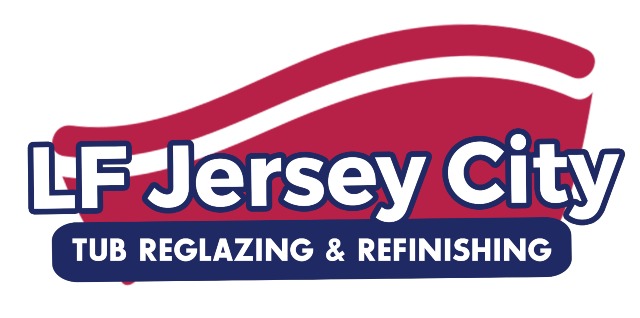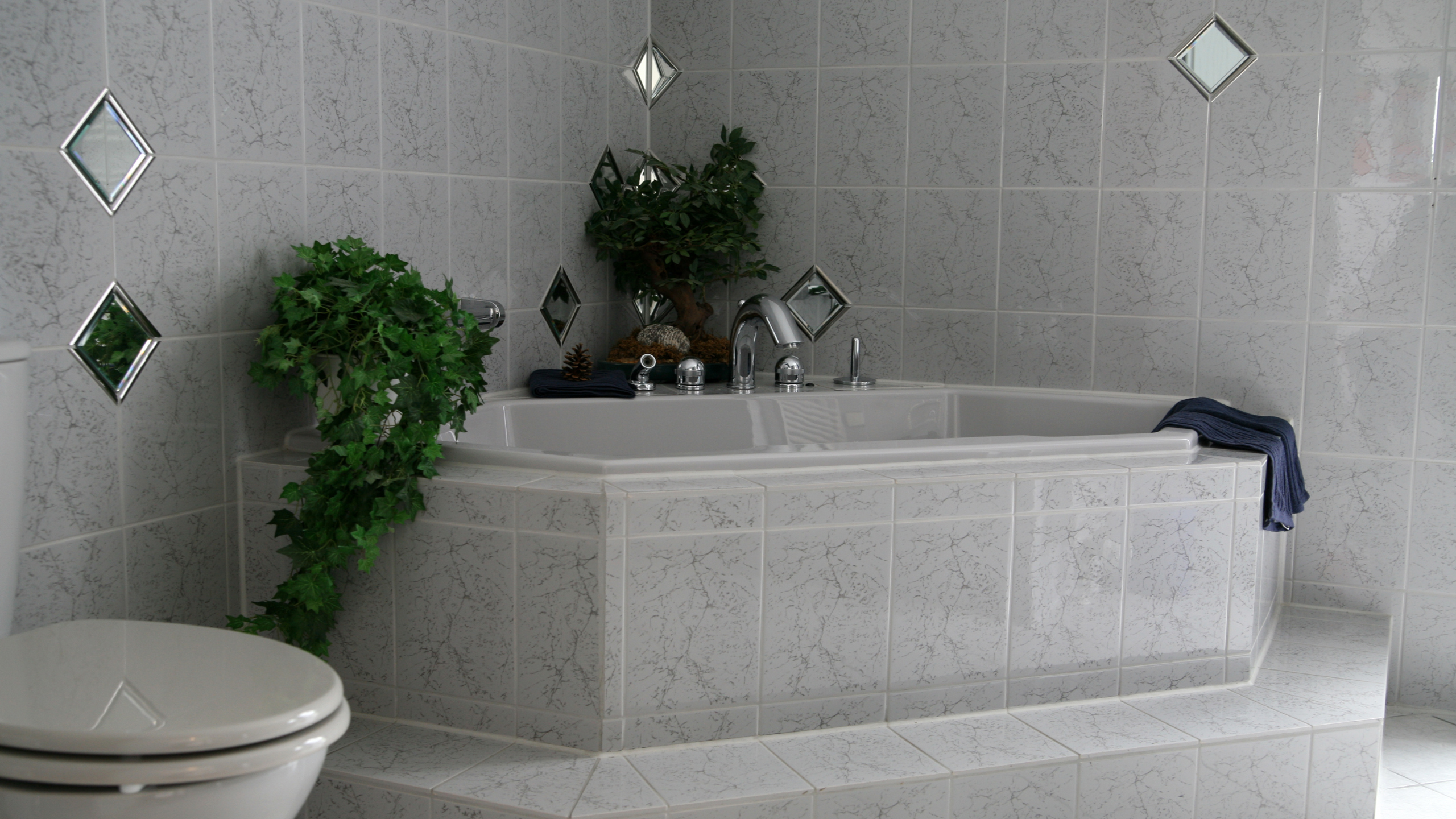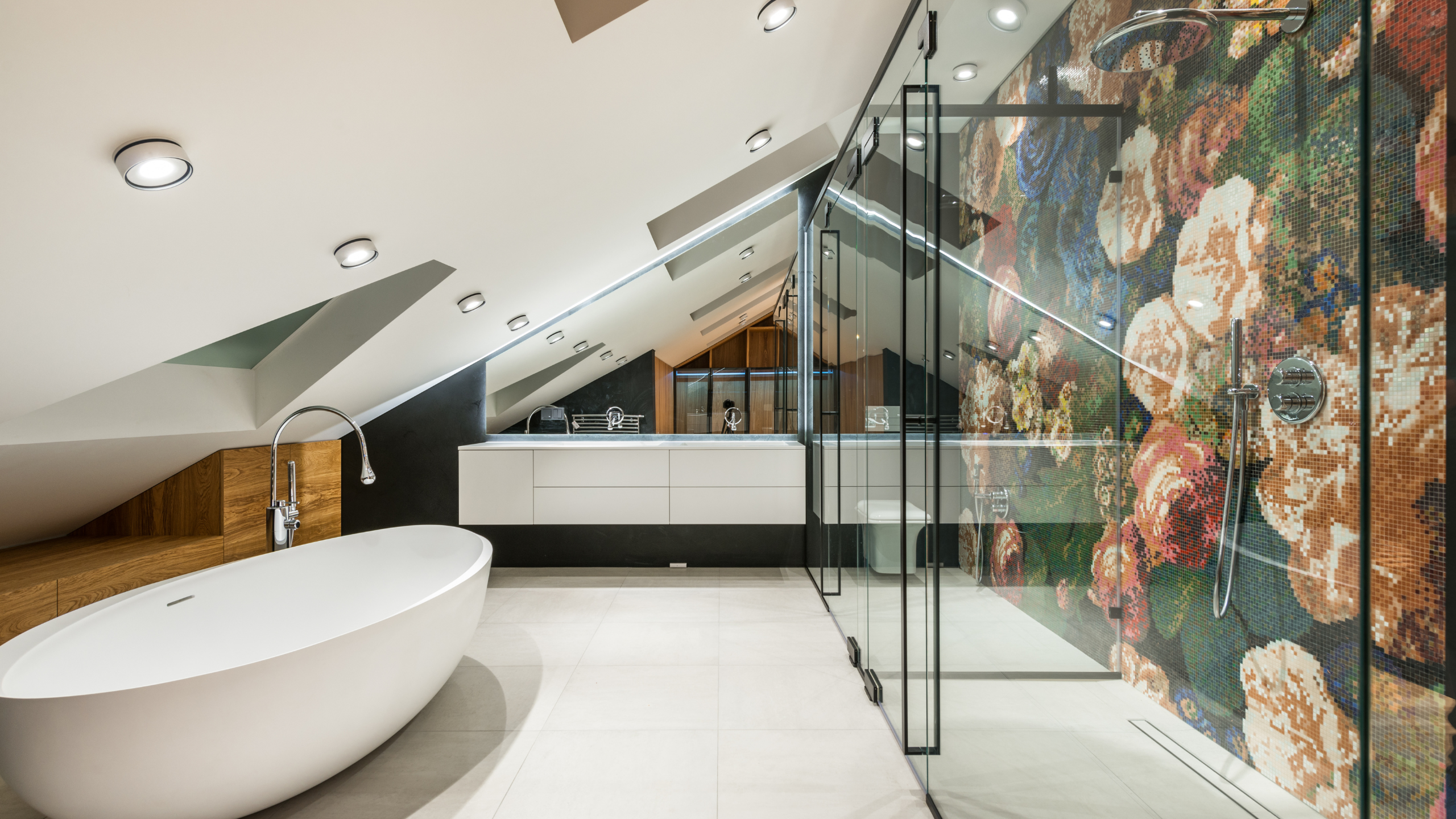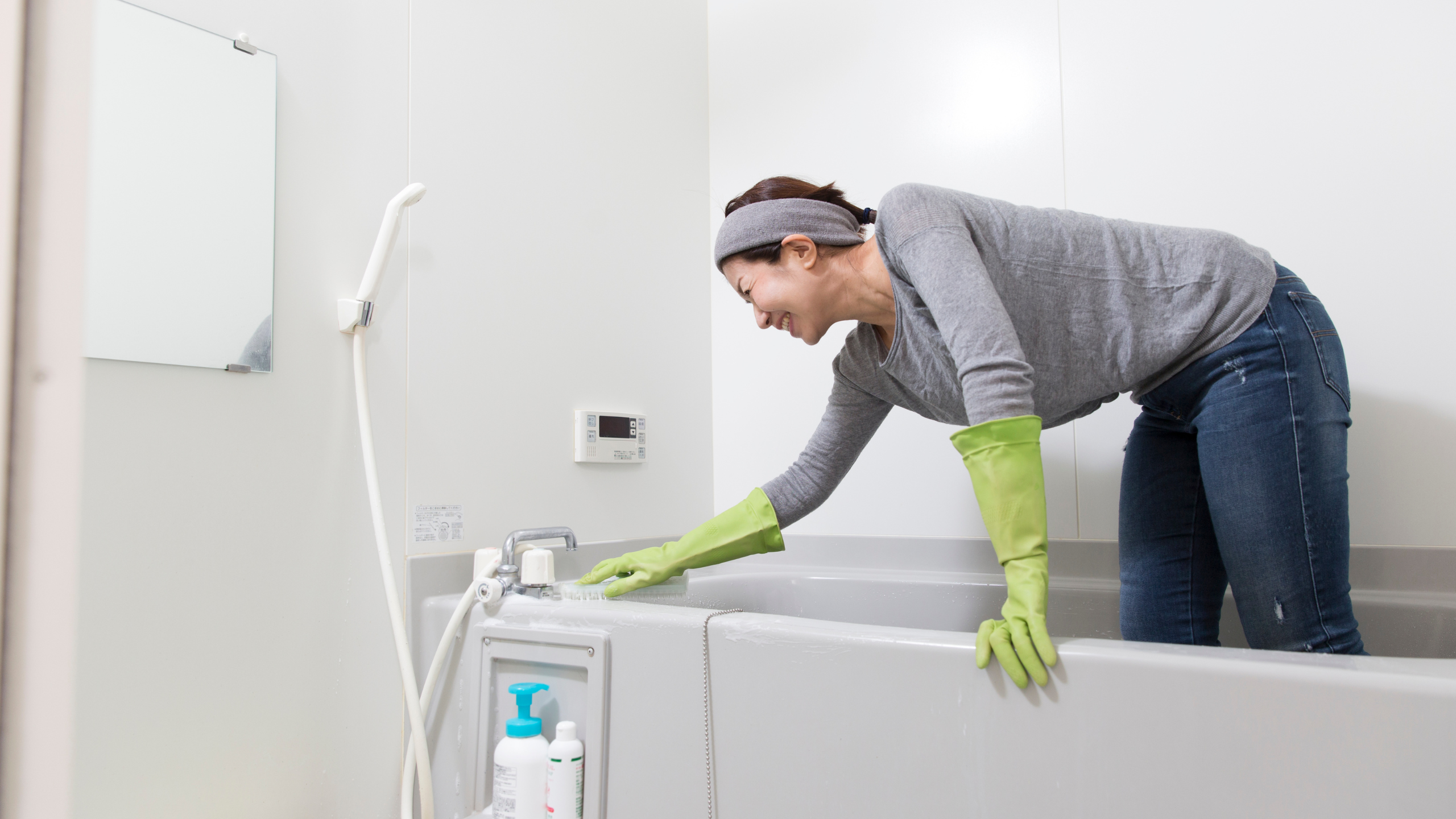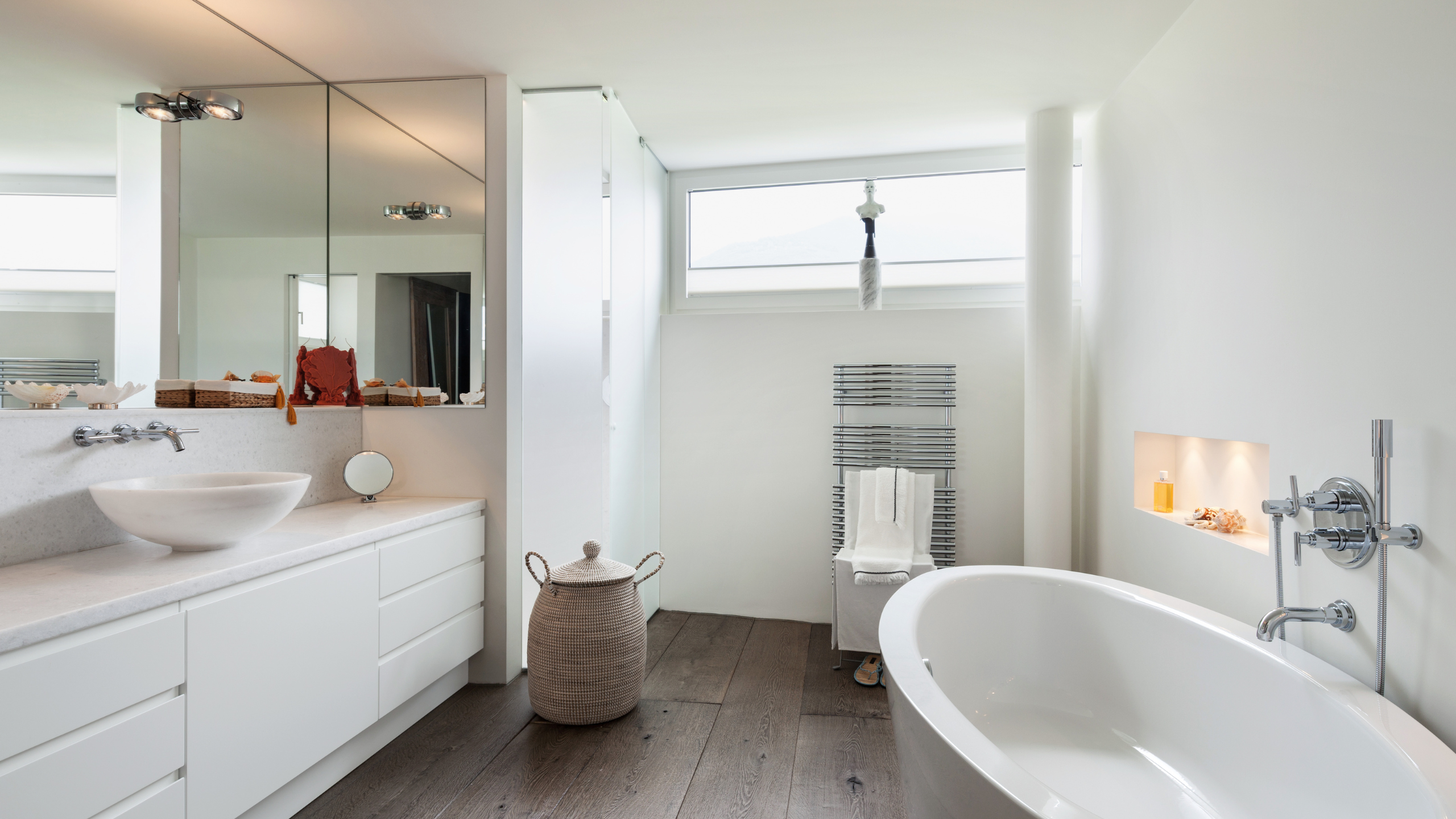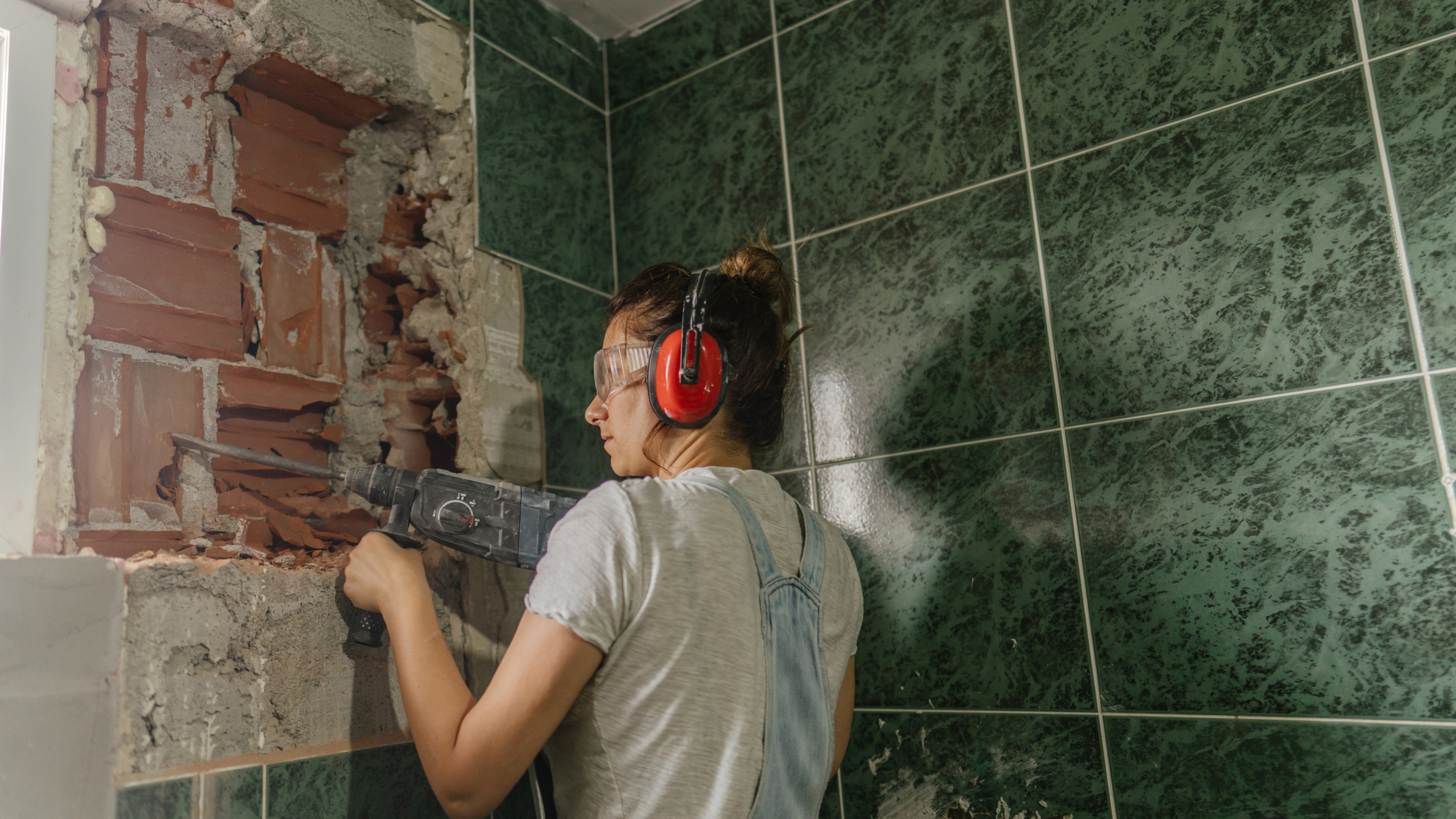Are you weary of staring at your tired, worn-out bathtub, yearning for a rejuvenating spa-like experience? It could be the perfect moment to delve into the world of bathtub reglazing. This transformative procedure has the power to infuse new life into your aging tub, bestowing upon it a revitalized appearance and sensation, all without the significant cost of a complete replacement. In this expansive guide, we’ll embark on a journey through the intricacies of bathtub reglazing, exploring its process intricately while assisting you in discerning whether it aligns seamlessly with your needs and desires. Searching for skilled professionals to revamp your bathtub’s appearance? Look no further! Connect with LF Jersey City Tub Reglazing & Refinishing now.
What Exactly Does Tub Glazing Achieve?
Envision your bathtub as an untouched canvas awaiting transformation, with glazing as the masterful brushstroke of revitalization. When you embark on the journey of tub glazing, you’re embarking on a process of renewal, applying a fresh coat to its surface. This coating acts as a veil, concealing imperfections such as chips, stains, and scratches, unveiling a resplendent, glossy finish that rejuvenates the tub to a state reminiscent of its brand-new allure. Furthermore, the glazing process serves as a protective sealant, adeptly closing any cracks or leaks, fortifying the structural integrity of your beloved bathtub and extending its lifespan for years to come.
How Does One Reglaze a Bathtub?
Bathtub reglazing, also referred to as refinishing or resurfacing, involves several meticulous steps to ensure a flawless outcome. Here’s a basic rundown of the process:
Preparation: The tub undergoes thorough cleaning and stripping to remove accumulated grime, soap scum, and existing coatings, ensuring an immaculate surface for the new finish to adhere to. Specialized cleaners and abrasives are often employed for optimal cleanliness.
Repair: Once the tub is clean and stripped, any fractures, chips, or other damages are meticulously addressed to restore structural integrity and create a smooth surface for the new coating. Repair techniques may include filling, sanding, or even fiberglass reinforcement, depending on the extent of damage.
Priming: With the tub cleaned, stripped, and repaired, a primer is applied. This cohesive agent ensures proper adherence of the new coating to the tub’s surface, crucial for achieving a durable finish. The type of primer used may vary based on the tub’s material and the specific reglazing products being applied.
Application: The new coating, typically composed of epoxy or polyurethane, is carefully applied to the tub using specialized equipment such as spray guns or rollers. Precision and attention to detail are key to ensuring an even and consistent application. The thickness of the coating may vary depending on the desired finish and manufacturer’s guidelines.
Curing: After application, the new coating needs time to properly cure and harden. This curing process is vital for effective bonding to the tub’s surface and achieving maximum durability. The duration of curing may vary based on factors such as temperature, humidity, and the specific reglazing products used. During this period, the tub must remain untouched and unused to prevent damage to the newly applied coating.
Finishing Touches: Once the coating has cured, final touches are made to ensure a flawless finish. Any necessary touch-ups or adjustments address minor imperfections, and the surface may be sanded, polished, or buffed to achieve the desired sheen and smoothness.
5 Factors to Consider When Choosing Between Bathtub Reglazing and Replacement
Cost: Reglazing is typically more cost-effective than replacement, making it a suitable option for those on a budget.
Time: Reglazing can be completed much quicker than replacing a bathtub, minimizing disruption to your daily routine.
Condition of the Tub: If your bathtub has minor cosmetic issues or surface damage, reglazing is likely the best solution. However, replacement may be necessary for severely damaged or structurally unsound tubs.
Aesthetic Preferences: Reglazing offers flexibility in terms of colors and finishes, allowing you to customize the look of your bathtub to suit your preferences.
Longevity: While reglazing can extend your bathtub’s lifespan by several years, replacement offers a more permanent solution. Consider your long-term goals and budget when making your decision.
In Conclusion
Reglazing your bathtub presents an economical and practical way to breathe new life into an aging fixture. Whether you’re aiming to refresh your bathroom’s appearance or prolong your bathtub’s lifespan, reglazing offers a convenient solution that can save you both time and money. Don’t wait any longer—transform your bathtub today and indulge in a luxurious bathing experience for years to come!
